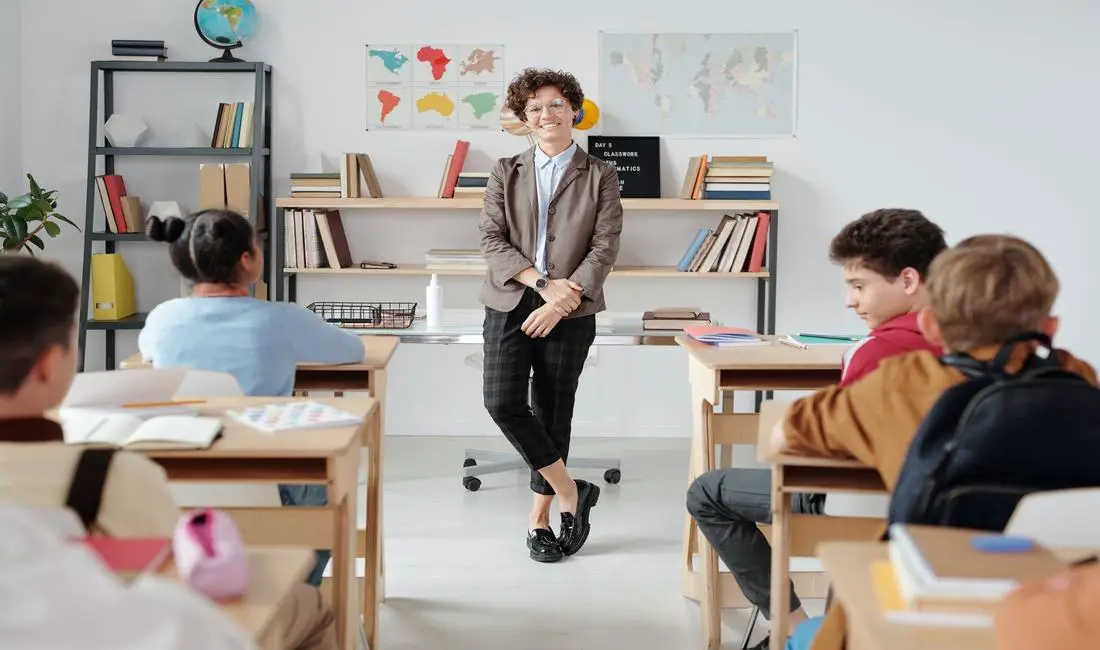What do Parents think about the modern Montessori vs. traditional education method?

The child is an independent learner in the Montessori education method. They follow a child-centred approach, unlike traditional schools, which are teacher-centred. In 1897, Maria Montessori founded this method of learning. Since then, this method of education has received global acceptance. Primary Montessori schools accept students up to the age of six. Whereas elementary Montessori schools accept older children. Here, they can explore and experience a wide range of subjects.
Many schools in Noida have upgraded from a regular syllabus to a Montessori one. Montessori schools adopt a holistic approach. Thus, ensuring the development of a child. Every parent wants their child to be self-sufficient. This is not only in their learning process but also as they progress through higher grades.
Montessori vs Traditional Education:
Students in the age group of 6 to 12 enrol in the Montessori elementary school. During this stage, children are in the discovery and exploration phase. This type of education opens them up to many opportunities. Children begin to explore language and numbers, explore communication and socialization. The intellectual capacity of the child grows.
The classrooms here are way different from traditional classrooms. A Montessori classroom has activities and learning material based on observations. The standard classroom design revolves around a syllabus. This syllabus is set at the start of the academic year.
Children learn to solve challenging problems. Education at Montessori schools encourages both logic and the use of imagination. In this period, the child assimilates whatever exposure they receive. Thus, it is necessary to present the right tools and give direction to a child’s learning process.
Montessori vs Traditional classroom environment:
A Montessori classroom’s organized environment is set up ahead of time for pupils to use. Unlike traditional classrooms, a Montessori classroom design is student friendly. Here, the teacher serves as a guide.
A noteworthy feature of Montessori schools in Noida is the mixed-age group. Children learn together in collaboration. It encourages peer learning and builds social skills among children. Children from a specified age range enrol in the same class in traditional schools. As a result, personality development gets restricted.
Montessori schools indulge in active learning. In a traditional classroom, the teacher speaks, and the students listen without participation. In a Montessori environment, teachings link to work and real-world situations.
Montessori vs Traditional Learning approach & student-adult ratio:
The intake at Montessori schools is minimal. Only 20-30 students per adult are the ideal capacity of Montessori classrooms. Noida schools that offer the Montessori curriculum have a smaller student-adult ratio. This enables personal and individual help. Teachers can observe the behavior and learning patterns of each child. It helps them better assist a student as per their capability. Unlike traditional classrooms, children here can work in groups. They can communicate with peers to enhance their learning outcomes.
Teachers in Montessori vs Teachers in Traditional Schools:
Group activities are difficult to perform in traditional classrooms. The lack of space and high student ratio is the reason. Teachers have to present lessons to a large group of students, a task to do while they focus on the set curriculum. In Montessori settings, teachers observe every child. They spend time creating a unique teaching plan that caters to the child’s requirements.
Montessori vs Traditional Academics and Grading Systems:
Traditional grading systems use periodic assessments throughout the year. This is their parameter to gauge a child’s understanding of a subject. In a Montessori, the teachers grade and test the child’s progress more often. The students need to maintain a journal of daily goals and tasks. Students can track personal achievements and boost their self-esteem.
